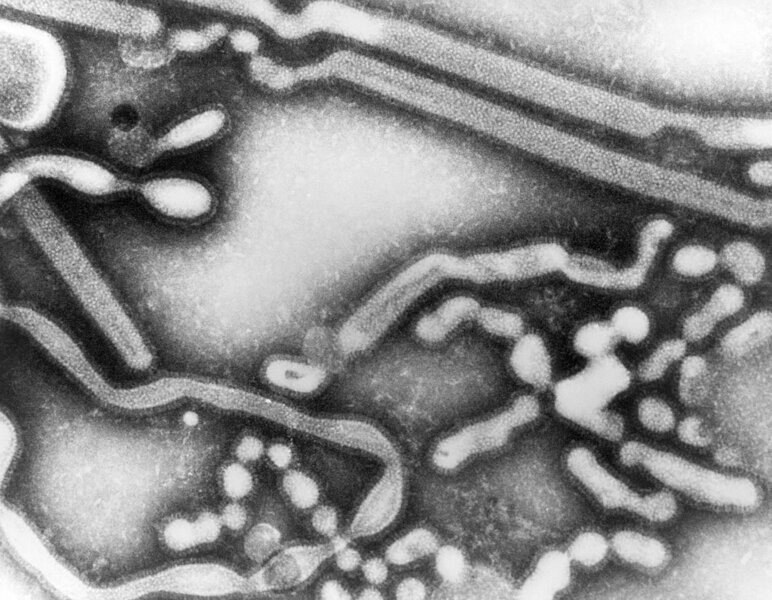Create a free profile to get unlimited access to exclusive videos, sweepstakes, and more!
Some flu viruses might have now gone extinct, and more could go the way of the dinosaurs

If there is any living thing we’d want extinct, it is the pathogens that make us miserable. What if you never had to get a flu shot again?
That probably won’t be happening anytime soon, and even if it does, you’re still going to need a COVID-19 booster. The irony is that the masks and hand sanitizers and social distancing that have kept us safe from the latest coronavirus might be what made two flu strains mysteriously go extinct. Less diversity among any organism means fewer genes to pass on, and if it keeps becoming less diverse, the strain becomes too inbred to survive. Lower virus diversity also means fewer of those pests to choose from when creating each year’s flu vaccine.
Spoiler alert: now you know why (besides some gnarly mutations) you can still catch the flu after you’ve gotten the shot. It isn’t that scientists are negligent. They just experience multiple headaches figuring out which strains are most likely to literally go viral that year.
The types of flu that make you use up your sick days are influenza A and influenza B. Types C and D types do exist, but C tends to be mild and humans are immune to D, which only affects cattle. Each of the main types have — or in the case of influenza B, had — two subtypes. Influenza A viruses fall under H1N1, which includes the infamous swine flu, or H3N2. Many clades and sub-clades fall under these subtypes, though H3N2 is more diverse and changes more easily, it seems there is always a new mutant influenza A virus crawling around. The influenza B subtypes are B/Victoria and B/Yamagata. It is possible B/Yamagata has also gone extinct.
There are many variants of H3N2, but as they were trying to figure out which flu strains to formulate the vaccine against, scientists noticed an entire clade (group of organisms descended from one common ancestor) of H3N2 had vanished. So did one of the two influenza B lineages known to exist.
No one can ever really predict what strain of flu is going to be dominant that year. If you were vaccinated but still ended up calling in sick during the winter of 2017-18, you weren’t alone. 75% of people who had the flu shot that year still caught the virus, because the strain predicted to be dominant ended up being overpowered by another that the vaccine was not equipped to fight.
Pointing the finger at which flu strains have epidemic potential only requires more aspirin when you’re dealing with clades that are not closely related. Making a mistake by leaving out a clade thought unlikely to be dominant could have dreadful consequences, because the DNA of viruses in that clade is nowhere close to the genetic profile the vaccine was created for. You stand a better chance against clades that are more closely related to what the vaccine was designed for. Run into a strain from a clade that was not assumed to be problematic, and you could get infected.
The last time any traces of the H3N2 clade in question or that influenza B virus were detected was March 2020 — the height of the pandemic. They are most likely extinct, but it may still be too early to tell. Not that anyone would actually have a problem with them being gone forever. DNA sequencing that determines the most likely strains of flu to emerge during a given winter is a painstaking process, and what flu viruses actually end up doing can be unpredictable. More extinctions would be a relief for the scientists involved in making a decision about a future flu season that no crystal ball can predict.
Maybe masks and hand sanitizer should be a thing every flu season, so more strains of misery can disappear forever.



























